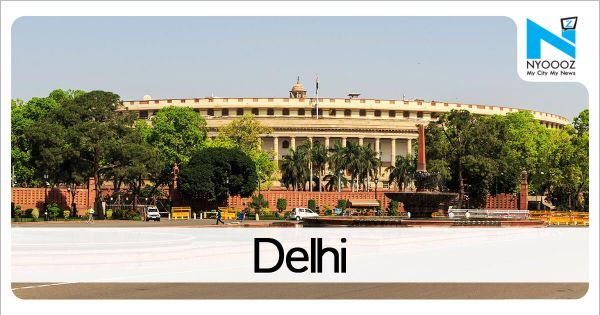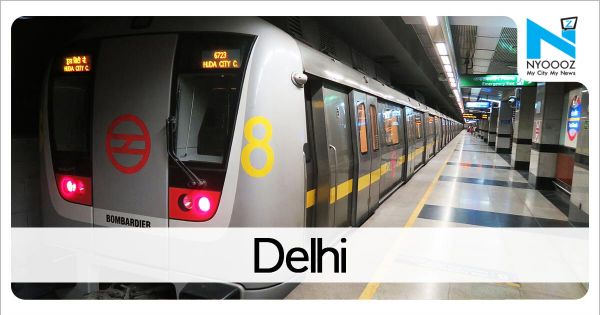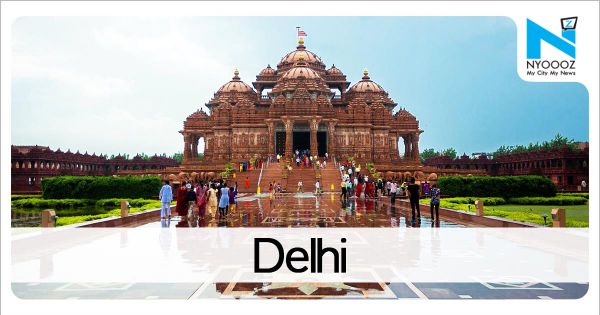Article 370: How Modi govt changed status of Kashmir a year ago
- | Wednesday | 5th August, 2020

Exactly a year ago, the Narendra Modi government brought two resolutions related to Jammu and Kashmir. The first rendered Article 370 inoperative in Jammu and Kashmir by applying the power granted under the same Article of the Constitution. The second resolution was for bifurcation of the state of Jammu and Kashmir into two Union Territories -- Jammu and Kashmir, and Ladakh. This fulfilled a long-cherished demand of the RSS-BJP, since the days of Bharatiya Jan Sangh, whose leader Syama Prasad Mookerjee died in a Kashmir prison, campaigning against the special status of Jammu and Kashmir.
New Delhi: Exactly a year ago, the Narendra Modi government brought two resolutions related to Jammu and Kashmir. The first rendered Article 370 inoperative in Jammu and Kashmir by applying the power granted under the same Article of the Constitution. The second resolution was for bifurcation of the state of Jammu and Kashmir into two Union Territories -- Jammu and Kashmir, and Ladakh. This fulfilled a long-cherished demand of the RSS-BJP, since the days of Bharatiya Jan Sangh, whose leader Syama Prasad Mookerjee died in a Kashmir prison, campaigning against the special status of Jammu and Kashmir.
Article 370, combined with Article 35A, accorded Jammu and Kashmir special status under the Constitution of India, allowing it to have a separate constitution and a separate penal code among other legal distinctions. Interestingly, Article 370 describes itself as a temporary provision in relation to Jammu and Kashmir but it continued for almost 70 years until Union Home Minister Amit Shah brought resolutions in Parliament on August 5 last year. The special status of Jammu and Kashmir, and its reorganisation came into effect on October 31.
Article 370 of the Constitution was in operation in Jammu and Kashmir through the Constitution (Application to Jammu and Kashmir) Order, 1954. It had been issued by President Rajendra Prasad. The Order of 1954 listed the Articles and provisions of the Indian Constitution that applied to Jammu and Kashmir. Additionally, there was Article 35A in operation. Article 35A is not part of the main Constitution but finds mention in the Appendices. It, however, featured in the Jammu and Kashmir`s constitution.
Article 35A had set of an exception the Presidential Order of 1954 listed with more than 40 modifications. Some of the key powers that Article 35A granted to the government of Jammu and Kashmir were to bar outsiders from buying property and settling down in the state. It also denied Kashmiri women their right of inheritance should they marry an outsider.
Such autonomous powers enjoyed by Jammu and Kashmir could have been changed only with the concurrence of the state constituent assembly or the legislative assembly. When the Modi government brought the two resolutions, the state was under President`s Rule, under Article 356. Imposition of Article 356 meant that in the absence of the state legislative assembly, Parliament had the power to take legislative decisions on the behalf of the state, especially if the state government of the day was in concurrence.
The fresh presidential order that President Ram Nath Kovind issued as recommended by the Modi government, said the notification was issued "with the concurrence of the Government of the State of Jammu and Kashmir". The Presidential Order of 2019 superseded the one from 1954, bringing an end to the separate constitution of Jammu and Kashmir and with it, the special status it enjoyed for nearly seven decades. Once Parliament gave its nod separately in both the Rajya Sabha and the Lok Sabha, Article 370 lost its special relevance to Jammu and Kashmir. The erstwhile state was a changed state now. A Union Territory -- serving as the only example of a state being turned into a lesser political and administrative unit.

If You Like This Story, Support NYOOOZ
Your support to NYOOOZ will help us to continue create and publish news for and from smaller cities, which also need equal voice as much as citizens living in bigger cities have through mainstream media organizations.
Stay updated with all the Delhi Latest News headlines here. For more exclusive & live news updates from all around India, stay connected with NYOOOZ.










